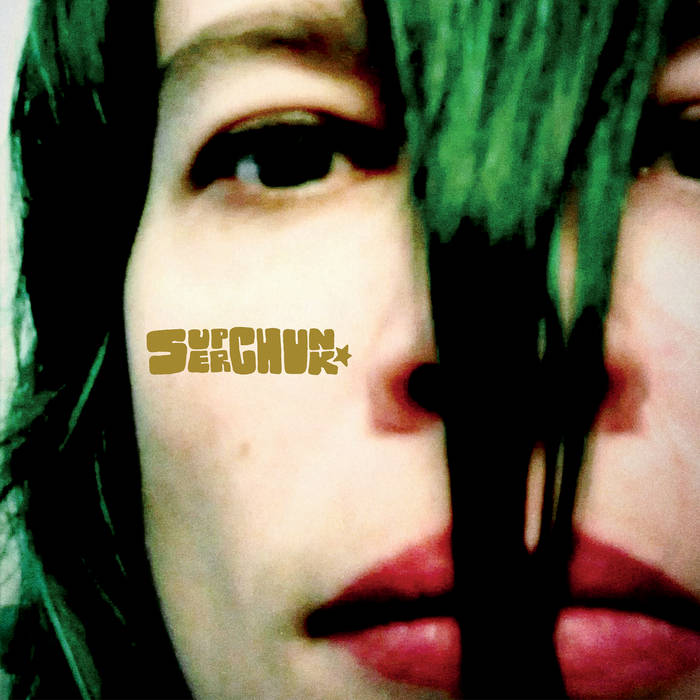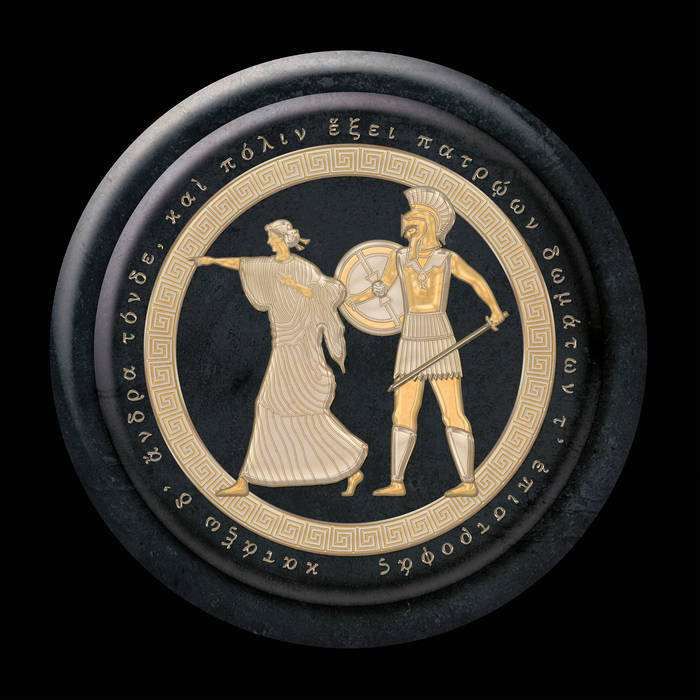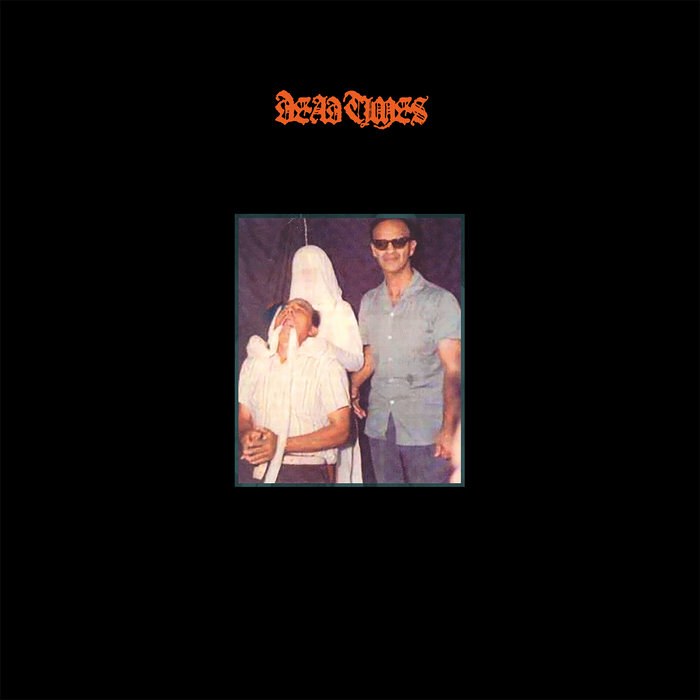
CaveonBirch "Hendrix Demos"

Superchunk "Misfits & Mistakes: Singles, B-sides & Strays 2007–2023"
Misfits & Mistakes: Singles, B-sides & Strays 2007–2023 is Superchunk’s fourth singles compilation, a massive 4-LP or 2-CD collection covering their triumphant return from hiatus up to 2023. The amount of music within its gorgeous packaging is staggering: 50 songs (16 of which are on physical media for the first time) sourced from out-of-print releases, digital singles, compilations, and more—a vital piece of the Superchunk canon.In the tradition of Superchunk singles compilations, Misfits & Mistakes houses non-album tracks, demos, and cover songs culled from 7-inches, compilations, and previously internet-exclusive artifacts. Featuring extensive liner notes by Mac McCaughan (with additional notes from Laura Ballance), the collection tells the story of each release, from why they chose to cover songs by The Misfits, The Cure, Destiny’s Child, and Bananarama, to working with collaborators like Katie Crutchfield (Waxahatchee), Jane Wiedlin (The Go-Go’s), Eleanor Friedberger, Damian Abraham (Fucked Up), Norman Blake and Raymond McGinley (Teenage Fanclub), and more!

The Mountain Goats "Jenny from Thebes"
The Mountain Goats’ catalog is thick with recurring characters—Jenny, who originally appears in the All Hail West Texas track bearing her name, as well as in “Straight Six” from Jam Eater Blues and Transcendental Youth side two jam “Night Light,” is one of these, someone who enters a song unexpectedly, pricking up the ears of fans who are keen on continuing the various narrative threads running through the Mountain Goats’ discography before vanishing into the mist. In these songs, Jenny is largely defined by her absence, and she is given that definition by other characters. She is running from something. These features are beguiling, both to the characters who’ve told her story so far and to the listener. They invite certain questions: Who is Jenny, really? What is she running from? Well, she’s a warrior and a thief, and, this being an album by the Mountain Goats, it’s a safe bet whatever she’s fleeing is something bad. Something catastrophically bad.
Jenny from Thebes is the story of Jenny, her southwestern ranch style house, the people for whom that house is a place of safety, and the west Texas town that is uncomfortable with its existence. It is a story about the individual and society, about safety and shelter and those who choose to provide care when nobody else will.

Dead Tooth "Dead Times"
Dead Times is Lee Buford (The Body, Sightless Pit) and Steven Vallot (Muslin). The duo originally began working together in 2008 while living together in Providence DIY space The Sickle, and releasing the early records from The Body and Assembly of Light Choir on their short-lived Aum War label. They quickly achieved cult status with just two limited releases. Those releases have become highly coveted rarities for The Body fans and those familiar with the world of Providence, Rhode Island’s legendary DIY scene, which gave rise to artists like Lightning Bolt and Black Dice. Emerging over a decade later, Dead Times connects the threads of the untethered extremes of their origins to the mastery of production, composition and structure each member has cultivated in their time apart. On their debut self-titled full-length, Dead Times present a kind of mesmeric dread, a world of desperate beauty wrapped in sonic venom.
Dead Times takes after Buford’s The Body in its thirst for ever harsher atmospheres, often pushing the mixtures of noise and volume to extremes previously not thought possible. Still, between each avalanche of sound peeks magnificent spectacles of melodicism and harmonic motion. Looping synthesizers bob like buoys in oceans of distortion. Samples are pushed to their absolute limit while remaining discernible against the thrum. Sparse electronic beats blast beneath pensive organs while Vallot’s echoing wail and consistent The Body collaborator, Providence’s Ben Eberle’s (Sandworm) signature bark conjure pillars of magma. The blown-out choral melody of opener “Rosewater” showcases the duo’s propensity for alchemizing serenity and severity. “Psyche Surprises Love” turns cries of pain into rising drones that build into a veritable bass drop. Across the album, the duo oscillate between overwhelming volleys that sheath hidden splendors and suffusing moments of quiet and clarity with melancholy and grit. “Comfort and Control” juxtaposes tender acoustic guitars and warm synths with an underlying crackle like a portent of ill-tidings whispered rather than shouted. The thunder-pulse of “Be Glad” gives way to an anthemic keyboard phrase that evokes defiance in lieu of hopelessness.
Buford and Vallot each bring wells of experience and new skill to Dead Times since their days living together in dilapidated warehouses. The duo’s shared history remains an essential element to their chemistry, but each has sharpened their craft to harness that raw creativity into music that is fearless, poignant and undeniably unique. A band’s band, but not for long. Dead Times, the duo’s first album, is staggering in its ambitions and exquisite in its execution.